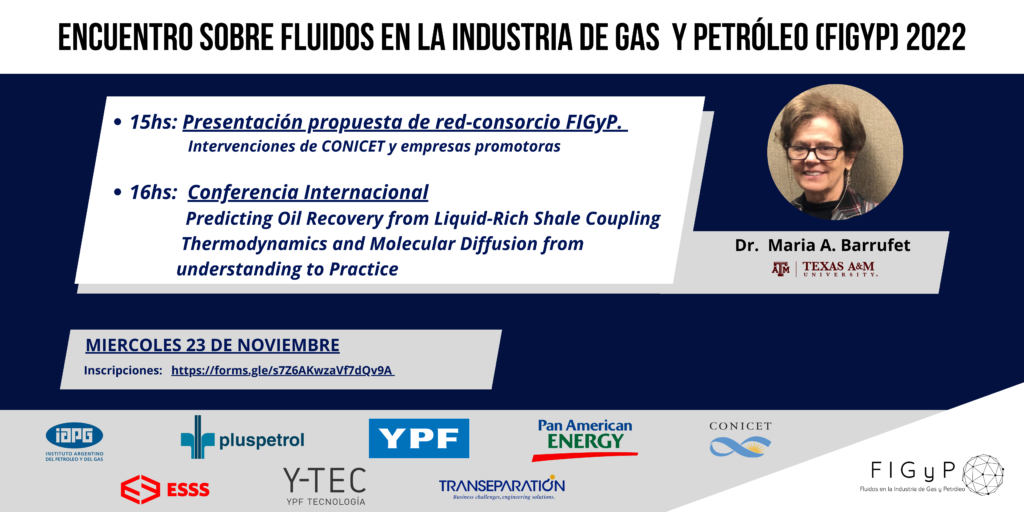La recuperación mejorada de petróleo (EOR, por sus siglas en inglés) incluye técnicas como la inyección de gases (como gas natural, nitrógeno o dióxido de carbono) en el yacimiento para aumentar la presión y desplazar el petróleo hacia los pozos de producción. Para que este proceso sea eficaz, es crucial que el gas inyectado y el petróleo alcancen un estado homogéneo. En particular, la Presión Mínima de Miscibilidad por Primer Contacto (FC-MMP) proporciona una estimación inicial confiable y segura de la presión necesaria para la EOR.
Este estudio presenta un algoritmo eficiente para calcular diagramas completos de presión (P) frente al porcentaje de gas inyectado a una temperatura fija (x), usando ecuaciones cúbicas de estado tradicionales. El algoritmo permite analizar diagramas Px en casos complejos, como regiones de tres fases, y estudiar el comportamiento cualitativo y cuantitativo de estos. Se evalúan diferentes fluidos de yacimientos, con y sin asfaltenos, y se analizan los efectos de inyectar gases como dióxido de carbono, nitrógeno y mezclas de gas natural sintético. También se examina el impacto de los parámetros de interacción en el equilibrio de fases y la FC-MMP, considerando la precipitación de asfaltenos en yacimientos convencionales y no convencionales. Finalmente, se comparan la FC-MMP y la MMP de contacto múltiple (MC-MMP).

